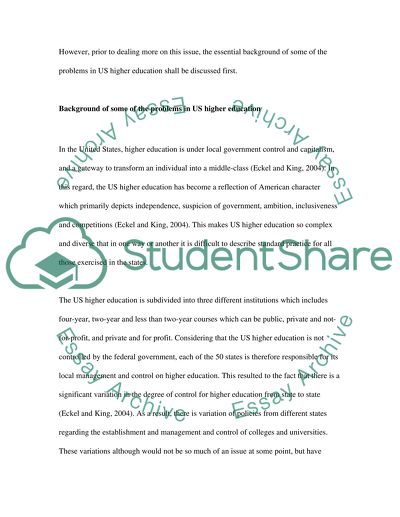Cite this document
(“Changes in US higher education Dissertation Example | Topics and Well Written Essays - 2750 words”, n.d.)
Retrieved from https://studentshare.org/education/1394231-changes-in-us-higher-education
Retrieved from https://studentshare.org/education/1394231-changes-in-us-higher-education
(Changes in US Higher Education Dissertation Example | Topics and Well Written Essays - 2750 Words)
https://studentshare.org/education/1394231-changes-in-us-higher-education.
https://studentshare.org/education/1394231-changes-in-us-higher-education.
“Changes in US Higher Education Dissertation Example | Topics and Well Written Essays - 2750 Words”, n.d. https://studentshare.org/education/1394231-changes-in-us-higher-education.


